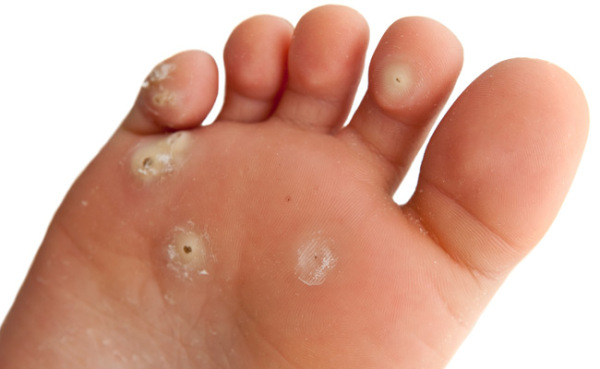
MONDAY, Oct. 10, 2016 (HealthDay News) — Corns and calluses are sometimes painful areas of thickened skin that develop on the feet due to repeated rubbing or pressure.
Those on the toe or top of the foot are called corns. Those that develop on the bottom of the foot are called calluses.
No matter where they are, corns and calluses can hurt, and can lead to serious problems in people with diabetes or decreased circulation, according to the American Podiatric Medical Association (APMA).
“Mild corns and calluses may not require treatment. If the corn or callus isn’t bothering you, it can probably be left alone,” according to an association news release.
“If corns or calluses are causing pain and discomfort or inhibiting your daily life in any way, see a podiatrist. Also, people with diabetes, poor circulation, or other serious illnesses should have their feet checked,” the group advised.
Your doctor may suggest changing your shoes and/or adding padding to them if you have mild corns or calluses.
But larger ones are best dealt with by a doctor. A podiatrist can use a surgical blade to shave away the thickened skin — right in the office. It’s a painless remedy, because the skin is already dead. Further treatment may be needed if the corn or callus returns, according to the APMA.
Cortisone shots may be given if a corn or callus is causing significant pain. In some cases, surgery may be needed, the association says.
To help prevent corns and calluses, wear properly fitted shoes. If you have foot or toe deformities, ask a podiatrist what shoes are best.
Gel pad inserts may decrease friction and pressure that lead to corns and calluses. A podiatrist can help you find the best spots to place gel pads, according to the APMA.
SOURCE: American Podiatric Medical Association, news release

Leave a Reply